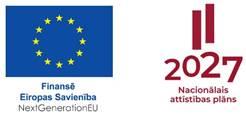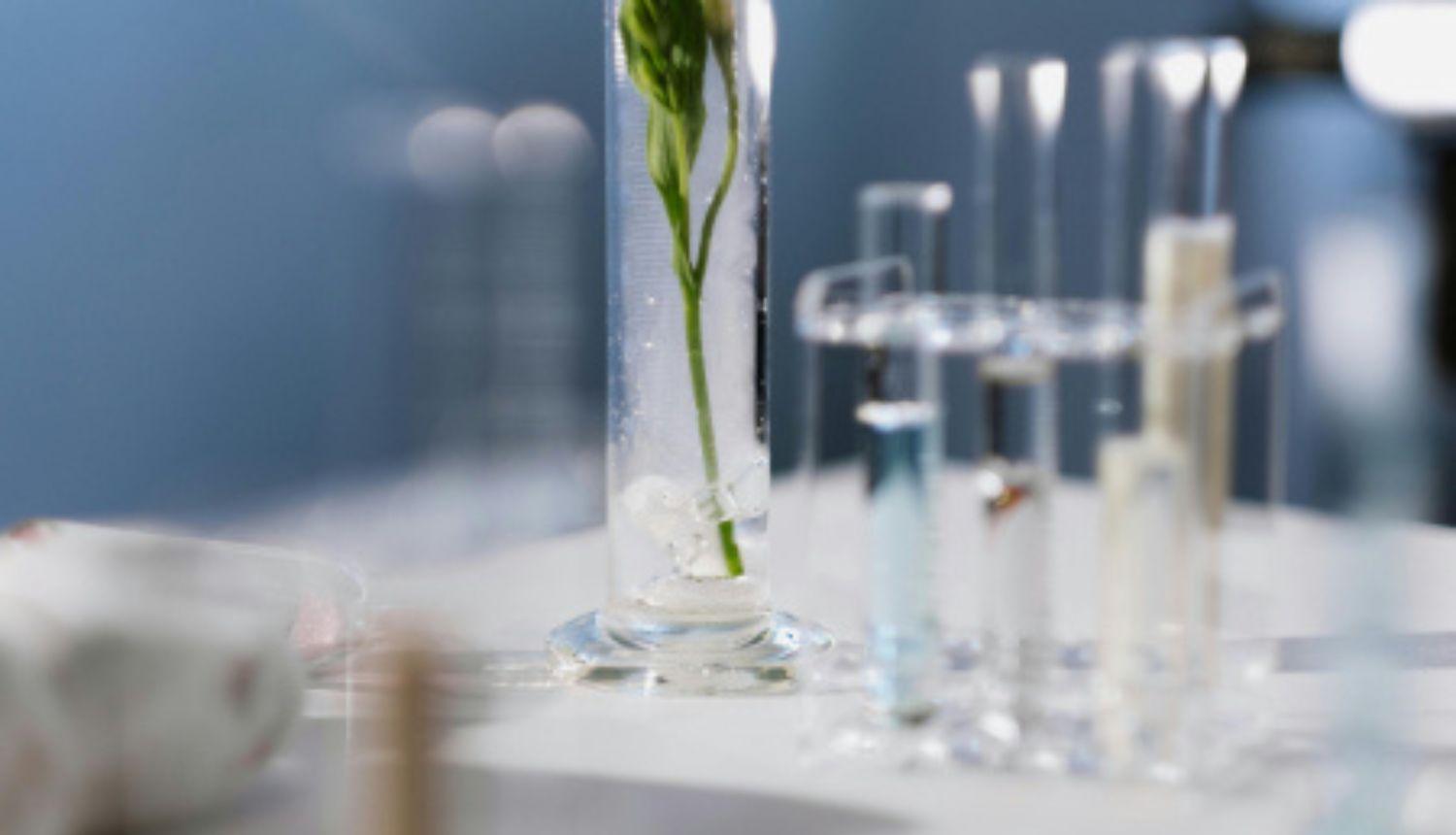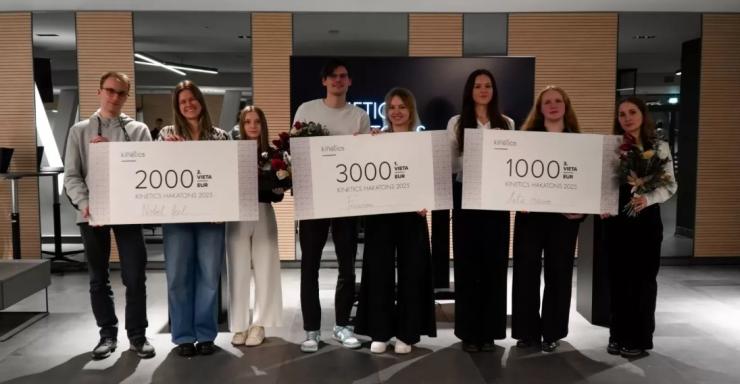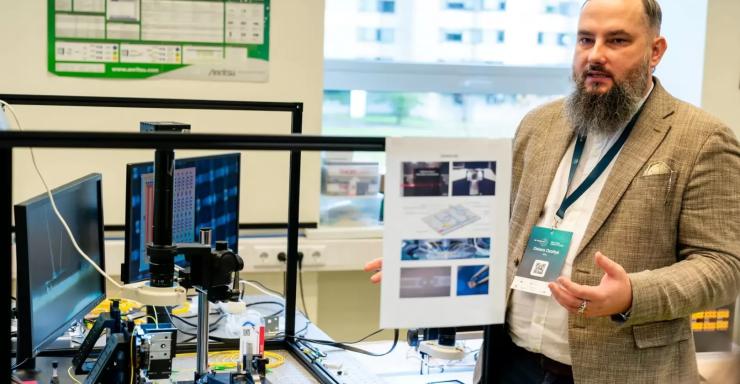To improve the research infrastructure of the Latvia University of Life Sciences and Technologies (LBTU), the Institute of Agricultural Resources and Economics (AREI), and the Institute of Horticulture; to strengthen scientific excellence in smart specialisation areas; to develop high-quality interdisciplinary research; and to foster innovation, a large-scale project on research infrastructure modernisation is being implemented.
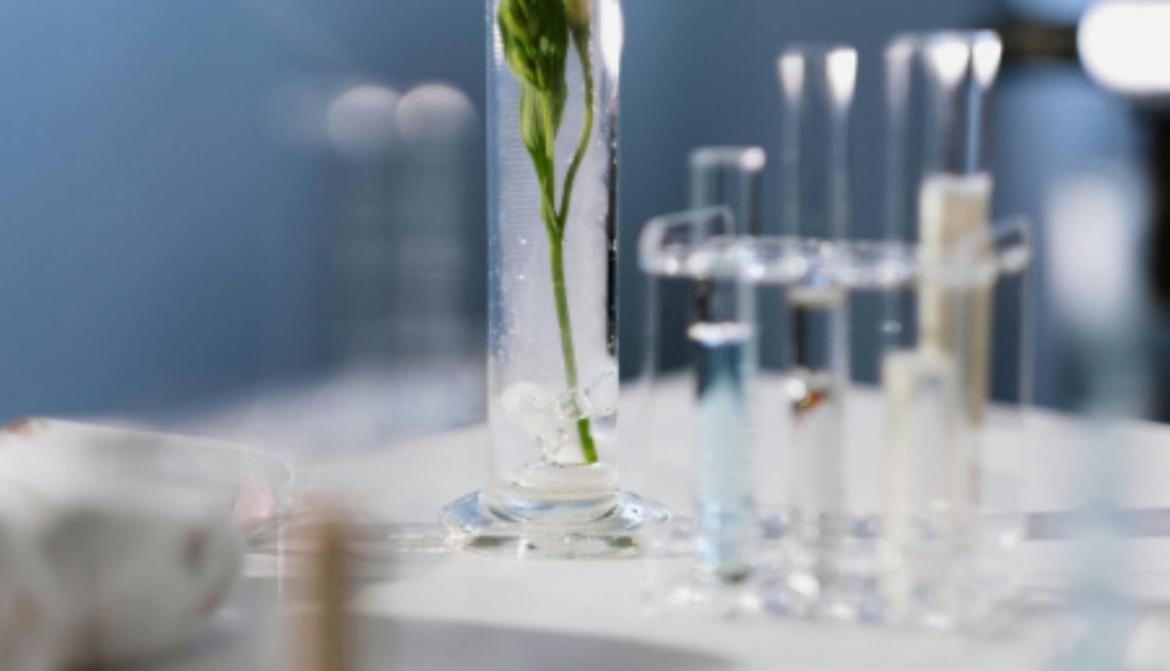
The modernised laboratories and upgraded research equipment will ensure higher research quality and expand opportunities for the use of new technologies. The project will also encourage the active involvement of students, doctoral candidates, and young researchers in scientific work, providing them with hands-on experience using advanced equipment.
One of the most significant new acquisitions will be a hyperspectral camera with a spectral range of 900–1700 nm, which will substantially expand the capacity of the Plant Pathology Laboratory at the Institute of Plant Protection Science “Agrihorts” to study plant diseases and stress. Hyperspectral analysis is a modern and rapidly developing remote sensing method with wide applications in agriculture.
Currently, the laboratory already operates a hyperspectral camera with a range of 400–1000 nm, which provides general information about plant metabolic changes, such as fluctuations in photosynthetic pigments under stress and disease. The new camera, which captures spectra above 1000 nm, will allow researchers to detect disease-specific spectral changes, water metabolism disorders, and specific plant metabolites. The combined use of both cameras will provide a more comprehensive picture of plant health and significantly enhance early disease diagnostics.
As explained by "Agrihorts" director and lead researcher Viktorija Zagorska: "Hyperspectral analysis methods are already being used in cereal disease research, including the early detection of pathogenic fungi in oats and rye that produce mycotoxins. The next stage will involve the study of greenhouse tomato diseases, where the hyperspectral camera will be the key instrument for disease assessment. Our experience confirms that the ability to work in the spectrum above 1000 nm will be crucial both for tomato disease studies and for expanding current cereal disease research."
The camera will be used to photograph healthy and diseased plants, artificially induce diseases, build an extensive image database, and perform preprocessing and analysis of the images. The results will contribute to the development of early disease detection models, enabling farmers to respond more quickly and effectively to plant health issues in the future. The acquisition of the hyperspectral camera will not only deepen ongoing research but also enable new research directions, thereby significantly expanding the laboratory’s scientific capabilities.
In turn, the equipment used in the laboratory for plant pathogen identification and research forms a complete molecular diagnostics system. It covers the entire process - from sample collection to obtaining and documenting precise results. The centrifuge is one of the key instruments in sample processing at various stages of laboratory procedures. It plays an essential role in DNA extraction, which is necessary for identifying pathogenic fungi in plants. The centrifuge is also used before inserting samples into the polymerase chain reaction (PCR) device to ensure sample uniformity. After PCR amplification, it helps purify and concentrate PCR products, resulting in high-quality samples for further analysis.
The PCR device is the central element of molecular diagnostics. Using specific primer pairs allows the amplification of specific DNA fragments from fungal samples, which is crucial for their accurate detection and identification. The electrophoresis system is used to separate DNA fragments by size under the influence of an electric field. This method enables verification of DNA extraction quality, analysis of PCR products, and molecular marker studies, which aid in determining fungal species.
The gel documentation system ensures visualisation and recording of obtained results. It allows photographing and archiving gel results, which is essential for future comparisons in ongoing research. Pipettes are basic instruments for all molecular diagnostics procedures. They ensure precise liquid dispensing during DNA extraction and PCR preparation. The ability to autoclave pipettes is essential for preventing sample contamination and providing reliable results.
The project “Improvement of Scientific Infrastructure of LBTU and Cooperation Partners” is being implemented from May 1, 2025, to December 31, 2029. Its total funding amounts to €2,537,948, of which €2,157,255.80 comes from the European Regional Development Fund.
